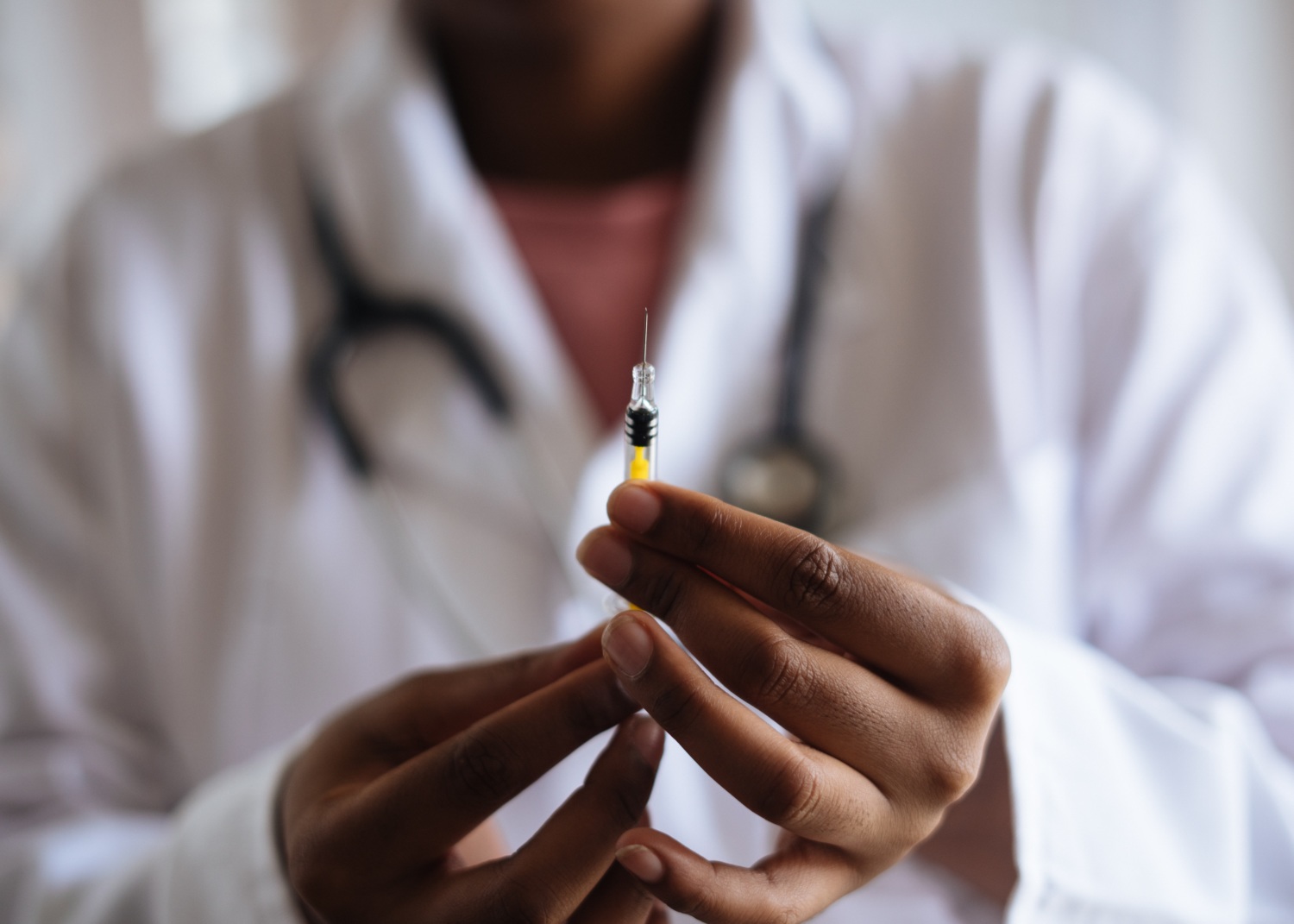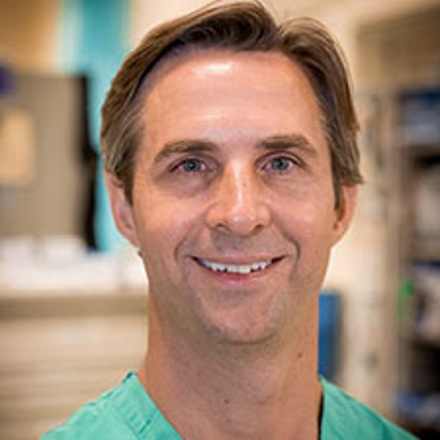
In the News
LA Times Highlights PHI’s Bridge Medication Assisted Treatment Model for Substance Use
-
Focus Areas
Alcohol, Tobacco, Drugs & Mental Health -
Programs
CA Bridge -
Strategic Initiatives
Opioids

Dr. Andrew Herring has a clear goal walking into every appointment with patients seeking medication to treat an opioid use disorder: persuade them to get an injection of extended-release buprenorphine.
At his addiction clinic at Highland Hospital, a bustling public facility in the heart of Oakland, Herring promotes administering a shot of buprenorphine in the belly to provide a month of addiction treatment rather than prescribing oral versions that must be taken daily. For him, the shots’ longer-acting protection is a “game changer” and may be his only chance to help a vulnerable patient at risk of overdose.
“At any point in time, they’re just a balloon that’s going to go,” Herring said. “You might only have this one interaction. And the question is, how powerful can you make it?”
In California, where overdose deaths have been rising for years, addiction experts say administering a month’s worth of anti-addiction medication holds great potential, particularly for people without housing or who struggle with other forms of instability. Yet despite its promise, the use of injectable buprenorphine remains fairly limited, especially compared with other forms of addiction medication.
Oral forms of buprenorphine have been available to treat addiction since 2002 and can be purchased as a generic for less than $100 a month. Injectable buprenorphine, sold under the brand name Sublocade, received FDA approval in 2017. It has a hefty list price of $1,829.05 for a monthly injection.
Herring has been able to cut through some of that red tape at his Oakland clinic by working with the Highland pharmacy to stock and distribute Sublocade. As soon as a patient agrees to an injection, Herring simply calls the pharmacy down the hall and administers it on the spot.
Herring sees urgency — and opportunity — to increase the use of injectable buprenorphine as fentanyl use rises across California.

No one understands what they’re dealing with,” Herring said of fentanyl’s potency. “This is the time where our greatest deaths are going to occur.Dr. Andrew Herring
Director, CA Bridge
The article also ran in Kaiser Health News and California Healthline. Read the full story below.
Originally published by Los Angeles Times
More Updates
Work With Us
You change the world. We do the rest. Explore fiscal sponsorship at PHI.
Support Us
Together, we can accelerate our response to public health’s most critical issues.
Find Employment
Begin your career at the Public Health Institute.



